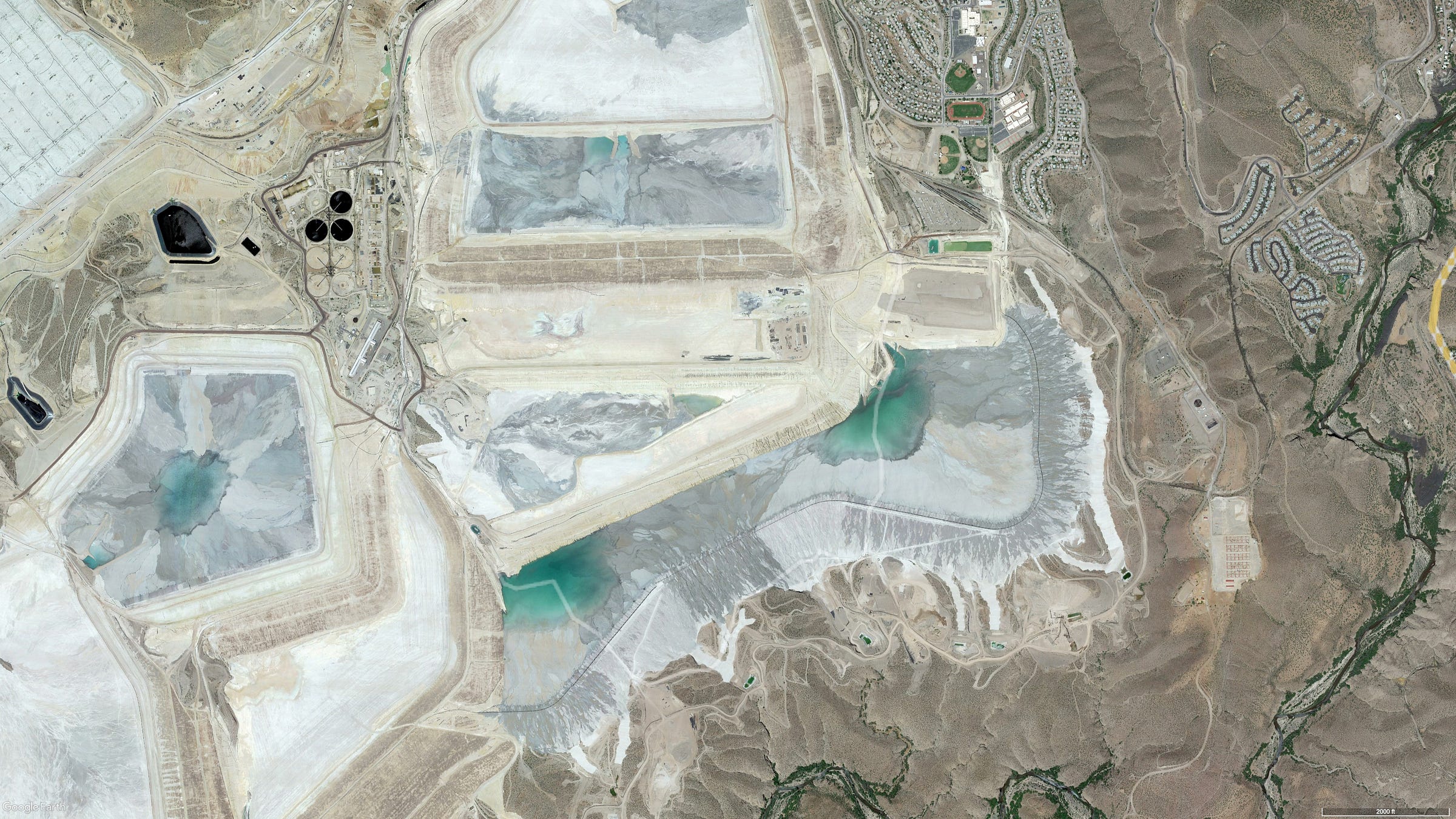Trump hands public lands to the mining industry
Plus: Using public lands for housing -- again
⛏️Mining Monitor ⛏️
Last week, President Trump signed an executive order — his 150th so far this term, by my rough count — invoking the Defense Production Act to expedite mining on federal lands. The wording of the order suggests that the aim is not just to cut through som…
Keep reading with a 7-day free trial
Subscribe to The Land Desk to keep reading this post and get 7 days of free access to the full post archives.


